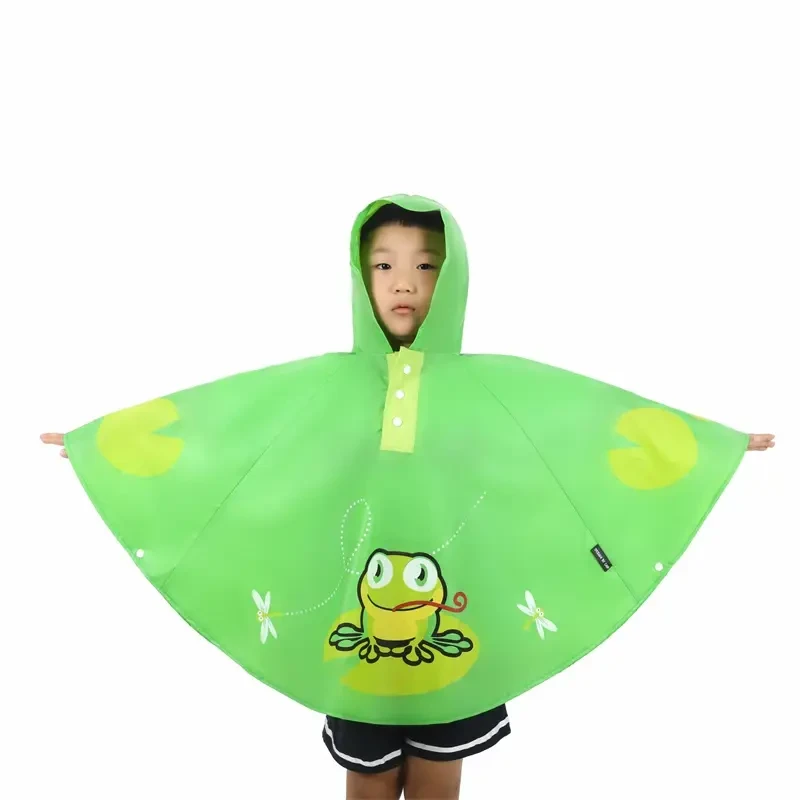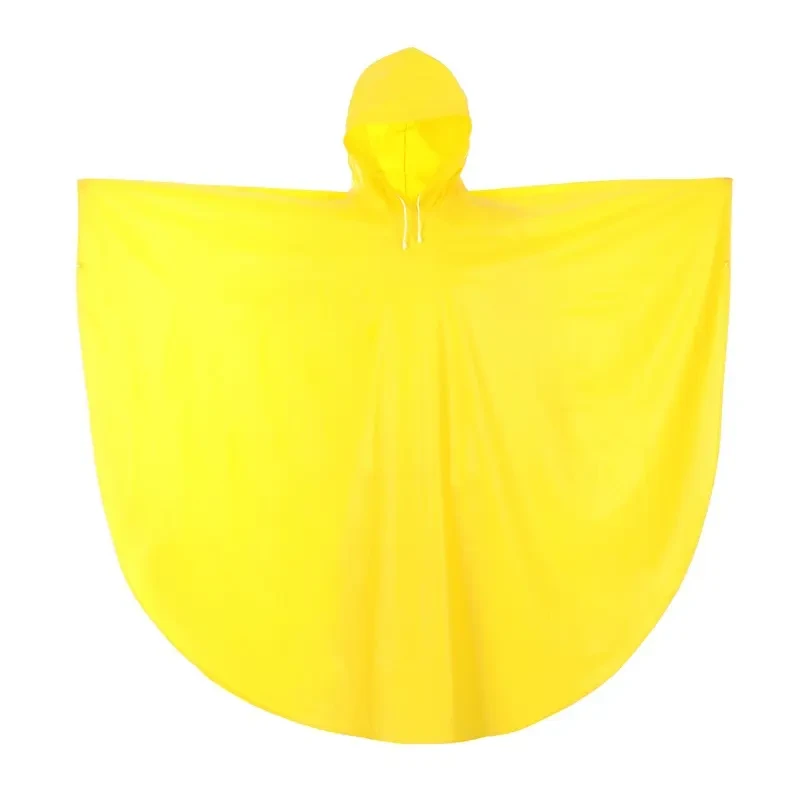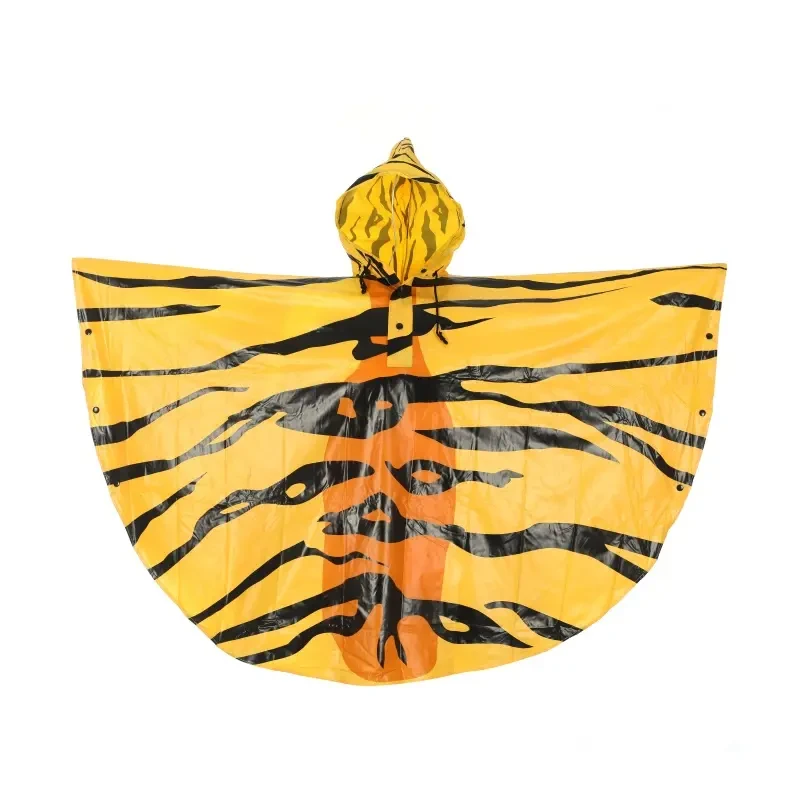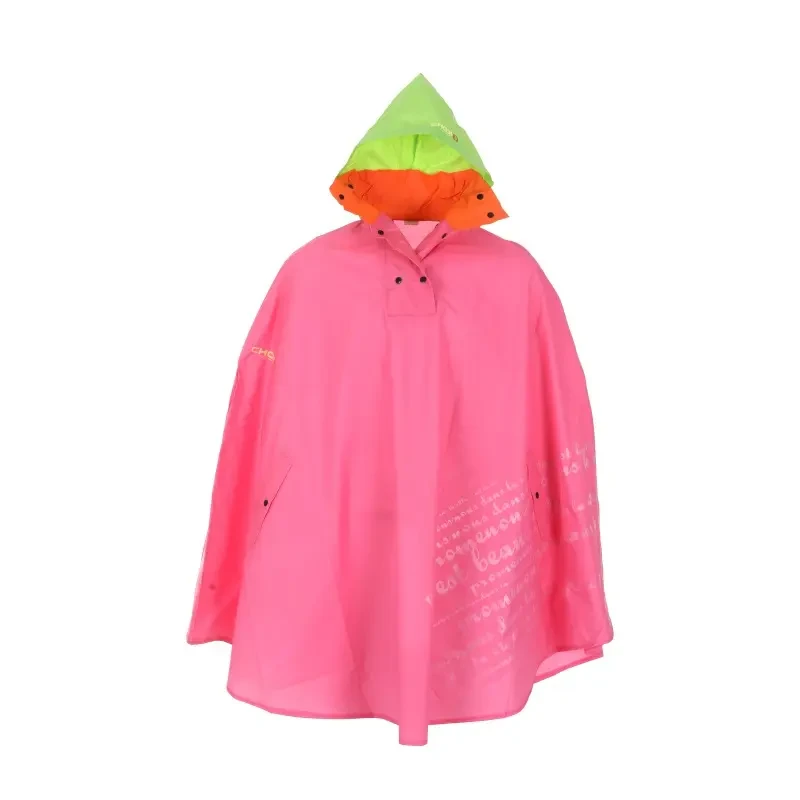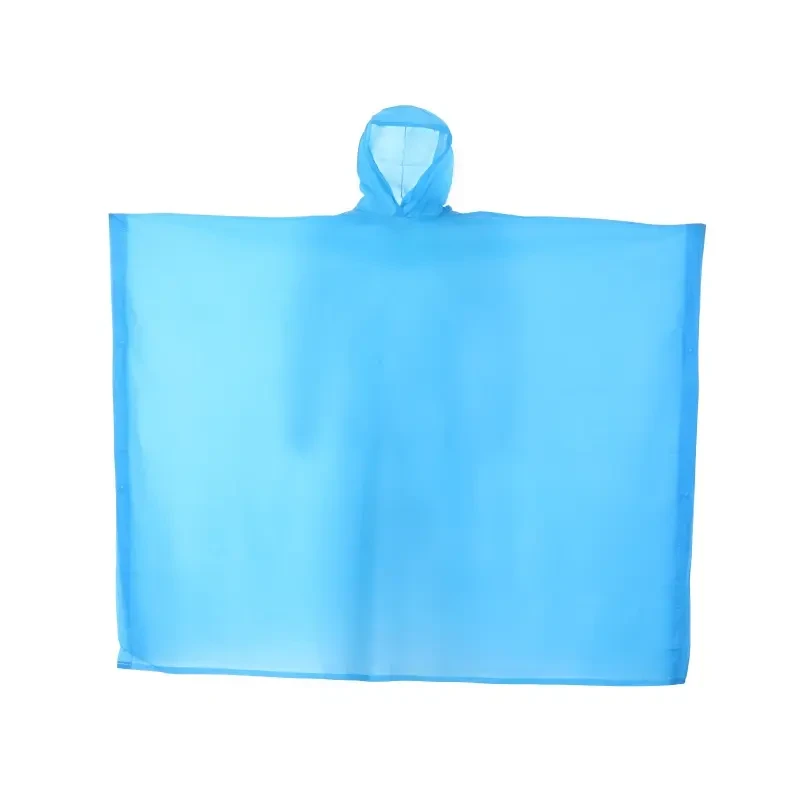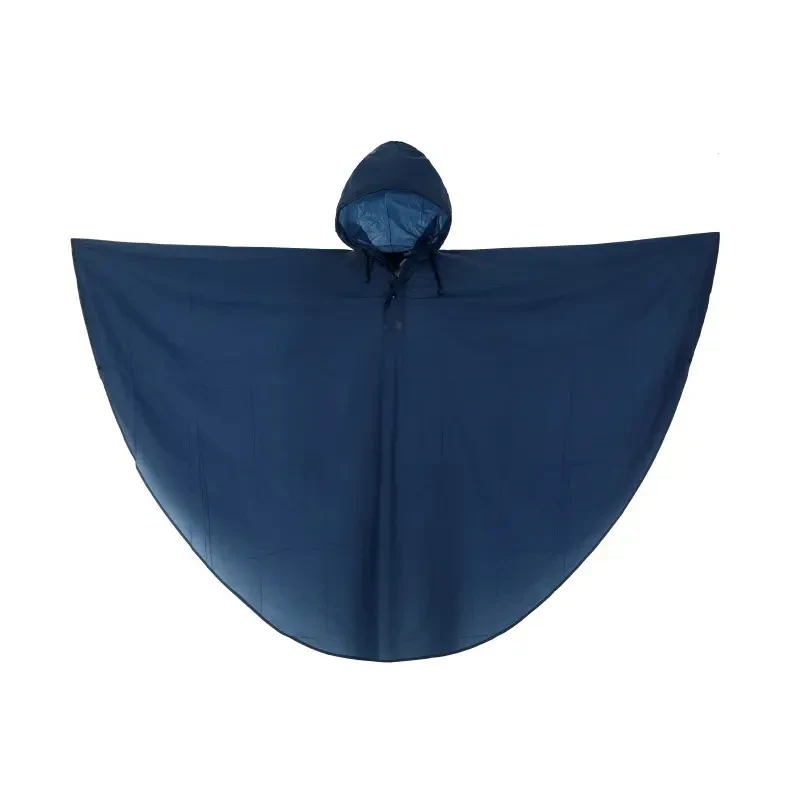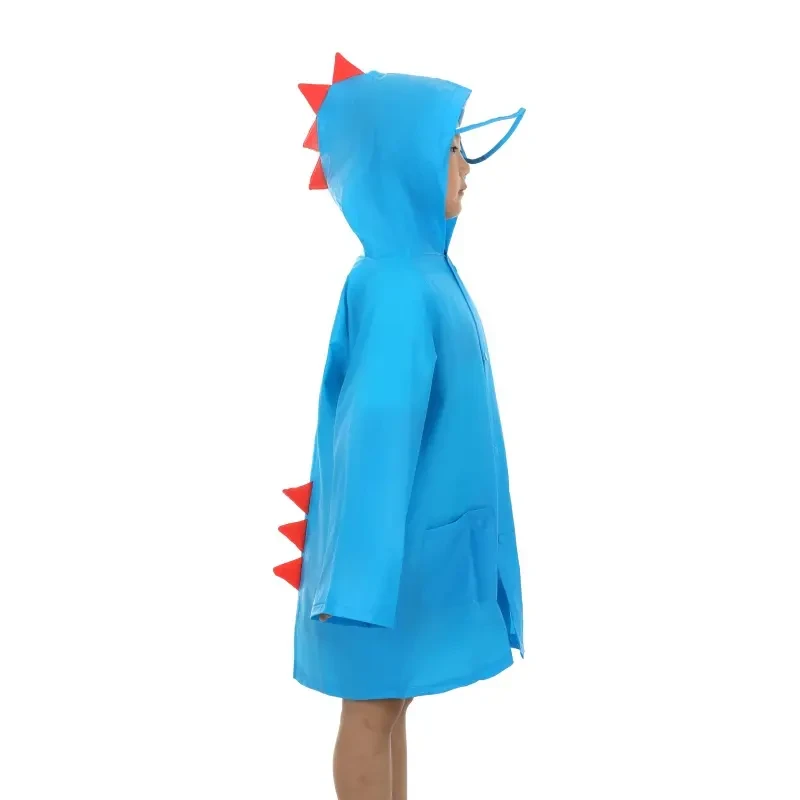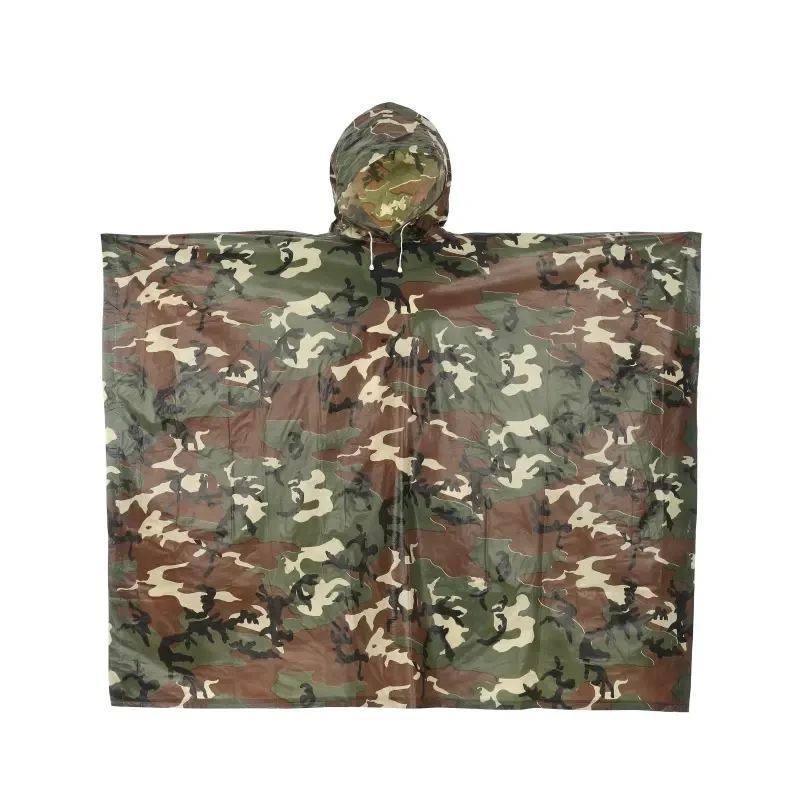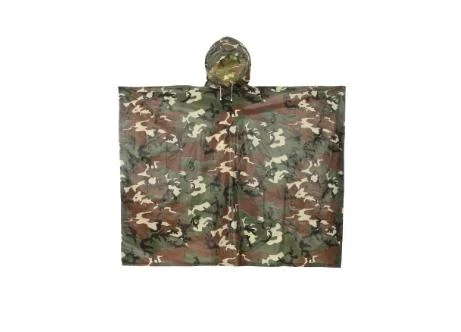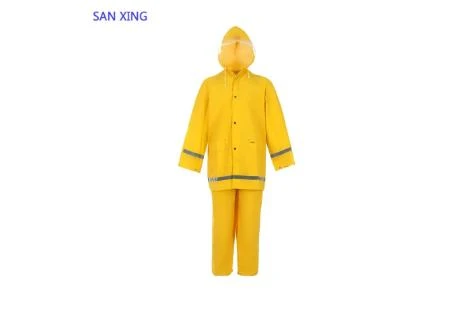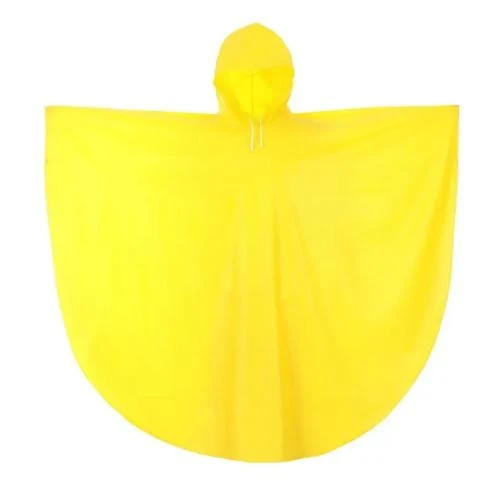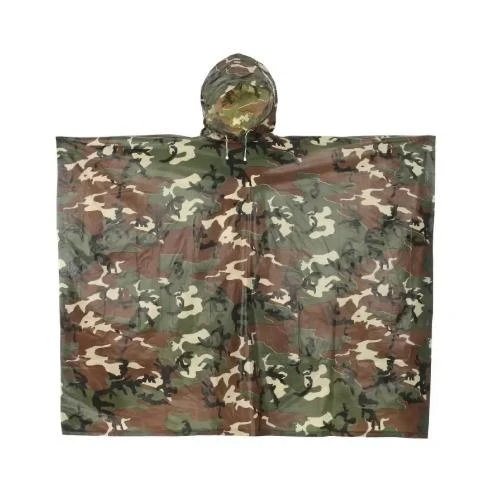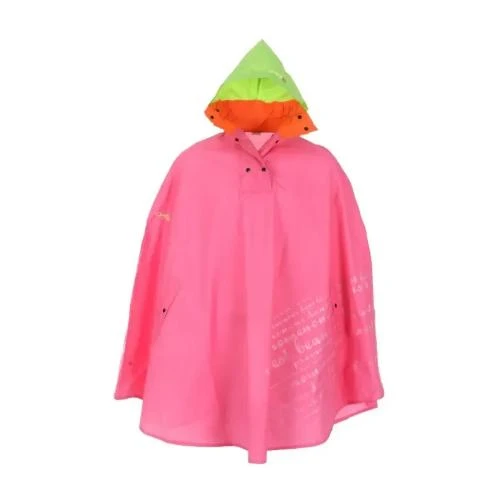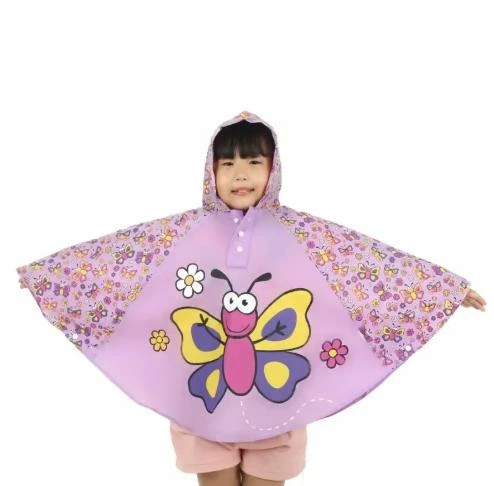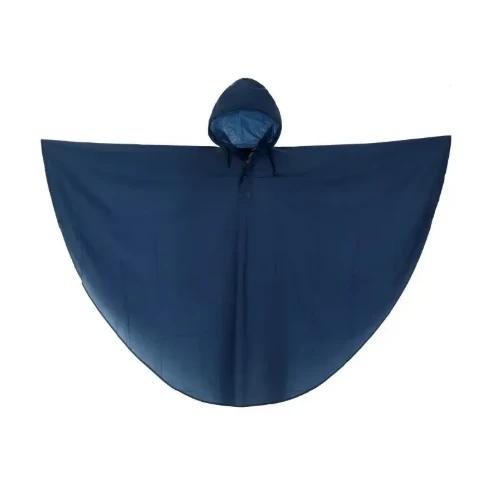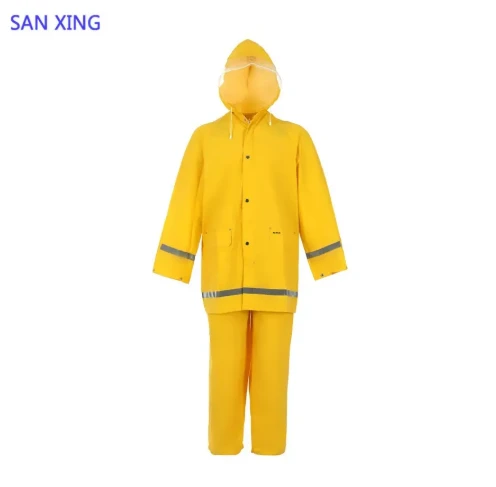
- Afrikaans
- Albanian
- Amharic
- Arabic
- Armenian
- Azerbaijani
- Basque
- Belarusian
- Bengali
- Bosnian
- Bulgarian
- Catalan
- Cebuano
- Corsican
- Croatian
- Czech
- Danish
- Dutch
- English
- Esperanto
- Estonian
- Finnish
- French
- Frisian
- Galician
- Georgian
- German
- Greek
- Gujarati
- Haitian Creole
- hausa
- hawaiian
- Hebrew
- Hindi
- Miao
- Hungarian
- Icelandic
- igbo
- Indonesian
- irish
- Italian
- Japanese
- Javanese
- Kannada
- kazakh
- Khmer
- Rwandese
- Korean
- Kurdish
- Kyrgyz
- Lao
- Latin
- Latvian
- Lithuanian
- Luxembourgish
- Macedonian
- Malgashi
- Malay
- Malayalam
- Maltese
- Maori
- Marathi
- Mongolian
- Myanmar
- Nepali
- Norwegian
- Norwegian
- Occitan
- Pashto
- Persian
- Polish
- Portuguese
- Punjabi
- Romanian
- Russian
- Samoan
- Scottish Gaelic
- Serbian
- Sesotho
- Shona
- Sindhi
- Sinhala
- Slovak
- Slovenian
- Somali
- Spanish
- Sundanese
- Swahili
- Swedish
- Tagalog
- Tajik
- Tamil
- Tatar
- Telugu
- Thai
- Turkish
- Turkmen
- Ukrainian
- Urdu
- Uighur
- Uzbek
- Vietnamese
- Welsh
- Bantu
- Yiddish
- Yoruba
Th5 . 31, 2025 05:31
- The Evolution and Market Impact of Technical Outerwear
- Advanced Materials Defining Contemporary Waterproof Gear
- Performance Comparison: Leading Technical Rainwear Manufacturers
- Personalization Options for Modern Raincoat Consumers
- Industry Application Case Studies
- Sustainability in High-Performance Rainwear Production
- Emerging Technologies in Modern Raincoat Development
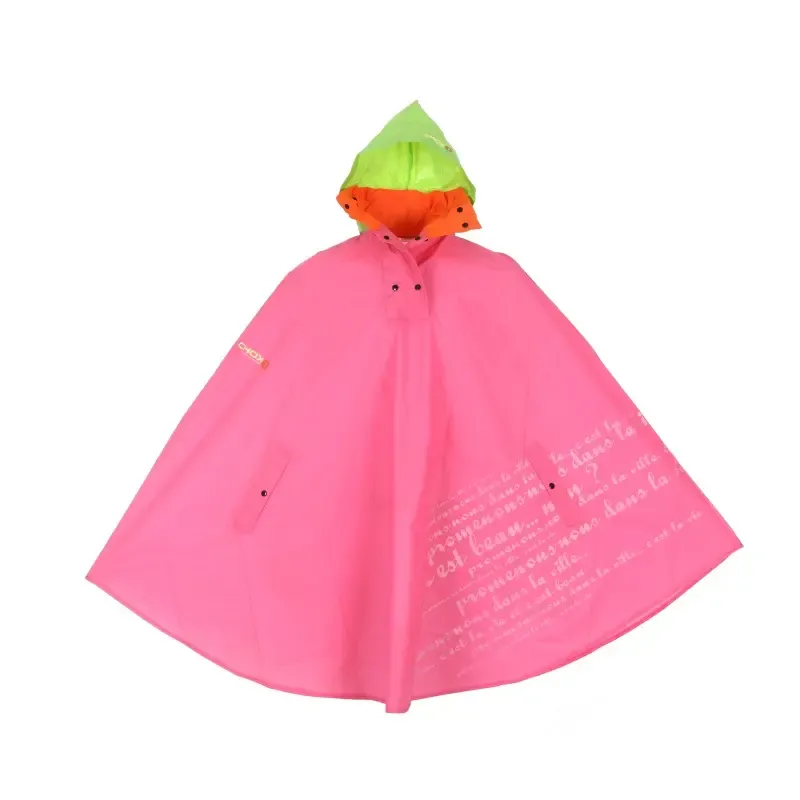
(modern rainwear)
The Transformative Journey of Modern Rainwear
Urban lifestyles and adventure tourism have driven the global waterproof apparel market to £18.7 billion valuation in 2023. Modern rainwear now integrates performance technology with metropolitan aesthetics, shifting from purely functional garments to fashion statements. This evolution responds to consumer data showing 67% of buyers prioritize both style and waterproof ratings when selecting contemporary protective wear. Manufacturing innovations have reduced production costs by 31% since 2018 while enhancing durability ratings.
Leading retailers report mens modern raincoat segments growing at 19.2% annually, outpacing traditional outdoor apparel. Advanced sealing techniques developed by Swiss textile engineers have eliminated the bulkiness historically associated with waterproof gear. The emergence of bi-layer fabrics allows breathability indices previously achieved only in triple-layer constructions. Scandinavian manufacturers particularly excel in urban rainwear designs that perform equally well during mountain hikes and city commutes.
Revolutionary Materials Behind Contemporary Designs
Nanotechnology now enables waterproof membranes measuring 0.3 microns thick – 500 times thinner than traditional coatings. Leading Japanese fabric producers have patented hydrophilic polymers that actively transport moisture vapor away from the body while blocking external precipitation. This molecular architecture achieves 37% better moisture transfer than previous generation materials without compromising water resistance.
Contemporary rainwear increasingly incorporates recycled ocean plastics, with premium brands utilizing between 45-82% recovered PET in their laminates. Laboratory testing confirms these sustainable fabrics maintain 28,000mm hydrostatic pressure resistance – exceeding extreme weather requirements. Bonding innovations eliminate stitching penetrations through advanced laser welding, creating seamless surface topography that prevents water ingress through traditional needle holes.
Technical Specification Comparison
| Manufacturer | Hydrostatic Head | Moisture Vapor Transmission | Recycled Content | Weight (g/m²) | Specialized Features |
|---|---|---|---|---|---|
| Arc'teryx | 30,000mm | 18,000g/m²/24h | 72% | 105 | Asymmetric ventilation |
| Patagonia | 28,500mm | 15,500g/m²/24h | 85% | 92 | Fair Trade certified |
| Stutterheim | 25,000mm | 12,000g/m²/24h | 41% | 285 | Hand-sealed seams |
| Rains | 15,000mm | 10,500g/m²/24h | 65% | 125 | Urban styling focus |
Customization Pathways for Discerning Consumers
Premium modern raincoat manufacturers now offer extensive personalization modules allowing buyers to configure:
- Modular pocket configurations optimized for tech gear or outdoor equipment
- Variable hem adjustment systems accommodating different body types
- 15+ specialized collar designs balancing protection and ventilation
German engineering brands have pioneered magnetic closure systems that outperform traditional snaps in wind tunnel testing. British tailors offer made-to-measure patterns accommodating over 47 individual body measurements, eliminating fit compromises. Production facilities utilize laser cutting rather than die patterns, enabling economically viable low-volume customization runs starting from single garments.
Industry-Specific Application Success Stories
Construction firms utilizing triple-layered modern rainwear
report 42% fewer weather-related downtime incidents annually. Oil platform technicians validate extended waterproof integrity beyond industry standard requirements, with Shell Norway documenting 3000+ hours of exposure without performance degradation. Urban commuter studies demonstrate that contemporary breathable membranes maintain optimal microclimate conditions during mixed-mode transit scenarios.
Mountain rescue teams standardized on Japanese-engineered fabrics after testing revealed 40% lower core temperature fluctuation during multi-hour operations. Scandinavian cycling couriers proved the abrasion resistance of modern rainwear solutions, averaging 11,000km before requiring replacement – tripling previous garment lifespans. These documented performance metrics directly inform consumer manufacturing enhancements.
Environmental Innovation in Production Ecology
PFC-free DWR treatments now comprise 78% of premium market offerings – a 390% increase since regulatory initiatives began. Solar-powered manufacturing facilities reduce carbon emissions by 11 metric tons annually per production line. Dutch textile engineers developed a revolutionary biodegradable membrane that decomposes within 36 months while maintaining performance parity with traditional polymers.
Leading Italian mills have implemented closed-loop water recycling systems reducing consumption by 28,000 liters daily. Bluesign certification adoption grew 72% industry-wide last year, reflecting intensified focus on chemical management. Transparency movements drive traceability initiatives, with blockchain verification tracking materials from raw polymer to finished mens modern raincoat.
Tomorrow's Innovations in Modern Raincoat Technology
Electroactive fabrics undergoing field trials actively modify membrane porosity in response to external conditions – independently adjusting during sudden downpours. Swedish prototypes integrate photovoltaic threads harvesting sufficient energy to power integrated safety lighting during low-visibility conditions. This eliminates traditional battery dependencies through advanced conductive textiles generating 0.8 watts per square meter.
Phase-change materials embedded within fabric layers absorb excess body heat during exertion and release it during stationary periods, reducing internal condensation by up to 60%. Military contractors are testing shape-memory textiles that automatically adjust fit based on activity level through proprietary polymer memory technology. These advances ensure continuous evolution in modern rainwear performance beyond current technical thresholds.

(modern rainwear)
FAQS on modern rainwear
Q: What materials are commonly used in modern rainwear?
A: Modern rainwear often uses lightweight, waterproof-breathable fabrics like Gore-Tex, recycled polyester, or coated nylon. These materials provide durability while remaining eco-friendly and comfortable for daily wear.
Q: How does a modern raincoat differ from traditional designs?
A: Modern raincoats prioritize sleek silhouettes, adjustable hoods, and tech-friendly features like hidden pockets. Unlike bulky older styles, they blend functionality with urban fashion, often using tapered cuts and minimalist details.
Q: Are mens modern raincoats suitable for both casual and formal occasions?
A: Yes, many mens modern raincoats feature neutral tones and tailored fits that pair well with suits or casual outfits. Brands like Rains or Stutterheim offer versatile designs for professional and leisure settings.
Q: What makes modern rainwear environmentally friendly?
A: Many brands now use recycled materials, PFC-free waterproofing, and ethical production practices. Some modern rainwear is also designed for repairability to reduce waste and extend product lifespans.
Q: Can modern rainwear be worn in heavy storms or just light rain?
A: High-quality modern rainwear is built for extreme weather, featuring sealed seams, storm flaps, and reinforced hoods. Always check the waterproof rating (e.g., 10,000mm+) for heavy rain suitability.
Related Products
Related News



